By Michael Kohlberg
Do educational institutions face a dilemma in the way animal anatomy is taught in school? Should animal dissections and vivisections be conducted in Science classes at all? LaGuardia Community College, a CUNY school, says no to cat cadavers, instead replacing them with clay models of humans. It seems, that the areas of debate, lie in 3 main ethical questions which I will describe in this article.
The first is the question of respecting animal rights as they relate to dissections and vivisections. Then comes the question, is animal experimentation necessary for understanding anatomy? In other words, do students learn best by dissecting? Are alternatives like virtual dissections comparable or even superior learning tools? Finally, I will briefly explore broad Sustainability Issues that dissections pose to Society.
America has acknowledged the value in respecting basic animal rights as shown by the Animal Welfare Act, a Federal Act passed by Congress in 1966. In general, this reflects the idea that our Society has adopted some moral standard for respecting the rights of animals. The United States Department of Agriculture puts it best, calling the Animal Welfare Act a “minimum, accepted, standard” of animal treatment “in research, exhibition, and transport”. However, many educated animal lovers believe that this minimum standard is set too low and that not enough is done to enforce existing federal laws.
In Biology classrooms, the animal rights argument is clear. Many of us have pets and therefore very personal and emotional connections with dogs, cats, and maybe even frogs, snakes, or mice. Performing dissections and vivisections on these types of animals can pose moral dilemmas for students taking part. Studies show that many students feel a moral dilemma when taking part in animal dissections. One study, by Arnold Arluke and Frederic Hafferty, interviewed 40 Pre-Medical students about how they felt before, during, and after using a dog as a test subject in the lab. They found that prior to the experiment, there was “widespread uneasiness” regarding moral implications, but during and after, students were able to “neutralize the moral dirty-work”.
This study not only suggests that many feel innately compassionate towards animals, but it suggests that humans have the capacity to subdue that compassion and “learn” desensitization. This raises the question, what do dissections really teach students?Along with anatomy, are our educational institutions teaching humans a lack of compassion for animals? Are we prepared to change our way of thinking about animal dissections if the answer to the previous question is true?
That leads us to our next question. Do today’s students actually learn better by dissecting, or do they learn better by using technology they are familiar with already, such as the computer? Do virtual dissections and vivisections compare as as educational tools? Many students and teachers say yes and site other benefits as well. PETA (People for the Ethical Treatment of Animals) is an animal rights organization that among other things, provides practical knowledge in dissection or vivisection alternatives. Their website has a page with resources dedicated to just this subject. According to the document “Cutting Out Dissections”, studies have shown that computer-based teaching methods saved academic and nonacademic staff time … were considered to be less expensive and an effective and enjoyable mode of student learning [and] … contributed to a significant reduction in animal use” (PETA 2013).
Also, teachers in the United States have been advocating for few dissections. Ten years ago, the National Science Teachers Association (NSTA) amended its official position statement to acknowledge the educational effectiveness of non-animal teaching methods and to support teachers’ decisions to use them as complete replacements for animal dissection (NSTA 2005).
Another example of how effective non-animal anatomy learning can be is the example of LaGuardia Community College. The Cuny Newswire reported that “LaGuardia is one of the first community colleges in the nation where its students will be learning the muscles of the human body not by dissecting cat specimens but by applying clay muscles to a [human] skeletal mannequin.”
“Studying human muscles is one of the hardest and most difficult areas,” said Professor Carol Haspel, “so we are always trying to find ways, mechanisms and pedagogical techniques that assist our students in learning the basics that they need to know. The clay models are a key factor in helping them.” (LaGuardia Community College 2011)
Animal dissections may actually pose a barrier to students’ learning. As researchers find out that more and more students are morally against dissections, the issue becomes worrying for education itself. One study done by Theodora Capaldo on the psychological effects of reluctant, obligated dissection participants indicates that “cognitive abilities may become impaired, resulting in less learning”. The study concludes that their findings, “present a compelling argument for the 100% replacement of the harmful use of animals in education.” (Capaldo 2004)
To shift gears, let’s examine some of the Economic Sustainability issues. In order to asses whether the school would be better off, the costs of dissections must logically be compared to the costs of alternatives, which could vary depending on the type and manner in which they are implemented.
Since animal specimens are expensive for many Biology Departments, we might ask the question will a school that bans dissections and vivisections all together be better off financially? To make sense of this question let’s use a real life example. One specimen retailer, Bio Corporation, sells a class set of 15 cat corpses for $373. Theoretically, if you have 20 lab classes per semester at a University and replace specimens each semester, the cost would be $7,460 per semester on cats alone. That number does not even include any auxiliary equipment, like proper protection, tools, et cetera.
PETA’s informational pamphlet entitled, “ Animal Dissection and Interactive Anatomy Software” factors in many of the auxiliary costs which they total at an additional $759 per five year period accounting for 30 students. In the event that a school keeps their cat specimens for 5 years, PETA calculates a grand total of $3906.05 for a class of 30 students. In the same article, PETA compares the costs of virtual cat dissection, which amounts to $800 per 5 year period of 30 students. Obviously, a university like Brooklyn College has a much higher dissecting student body than 30, so the costs would be significantly higher.
From the data found, it seems that the long run economic viability of switching from perpetual spending, (in our hypothetical example that is $7,460/ Semester) to more fixed spending like dissection software or clay molds, would be a cunning financial move for the Brooklyn College school board to consider.
In Conclusion, the economic costs associated with animal dissections that most students and faculty members might not be aware of are high. Furthermore, the documented psychological stress that many students undergo while performing obligational dissections has led psychological researchers to believe that the practice of dissections and vivisections does not promote learning(Capaldo 2004). Students and teachers have repeatedly advocated for bans on dissections and vivisections since 2005. And basic marginal benefit analysis of switching to dissection alternatives has suggested that the change would be more than cost effective.
Would it not, in theory at least, be more practical, for all, to ban dissections all together?

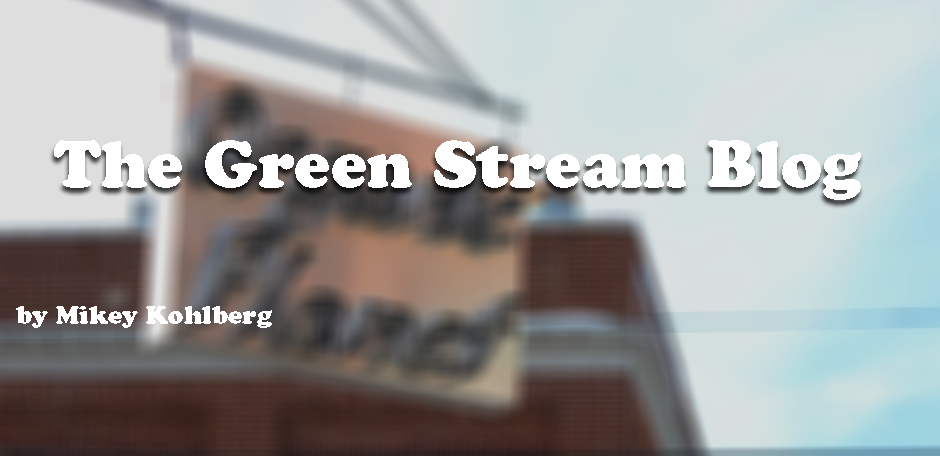

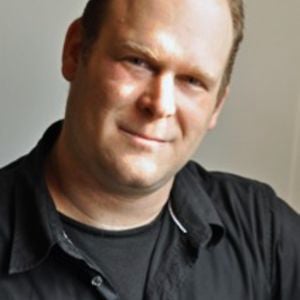 Do the electric slide into an EV (electric vehicle), and plug into a greener way to travel. My guest this week, Seth Leitman, a/k/a Green Living Guy, brings his expertise on vehicles that are electrifying the roadways. From Ford Fusion to Mitsubishi to Tesla, we learn about how the car industry is heading towards a more electric future. Seth’s Green Guru Guides and soon to be videos, are great tools to help you become a more sustainable Earthling. For more information go to greenlivingguy.com
Do the electric slide into an EV (electric vehicle), and plug into a greener way to travel. My guest this week, Seth Leitman, a/k/a Green Living Guy, brings his expertise on vehicles that are electrifying the roadways. From Ford Fusion to Mitsubishi to Tesla, we learn about how the car industry is heading towards a more electric future. Seth’s Green Guru Guides and soon to be videos, are great tools to help you become a more sustainable Earthling. For more information go to greenlivingguy.com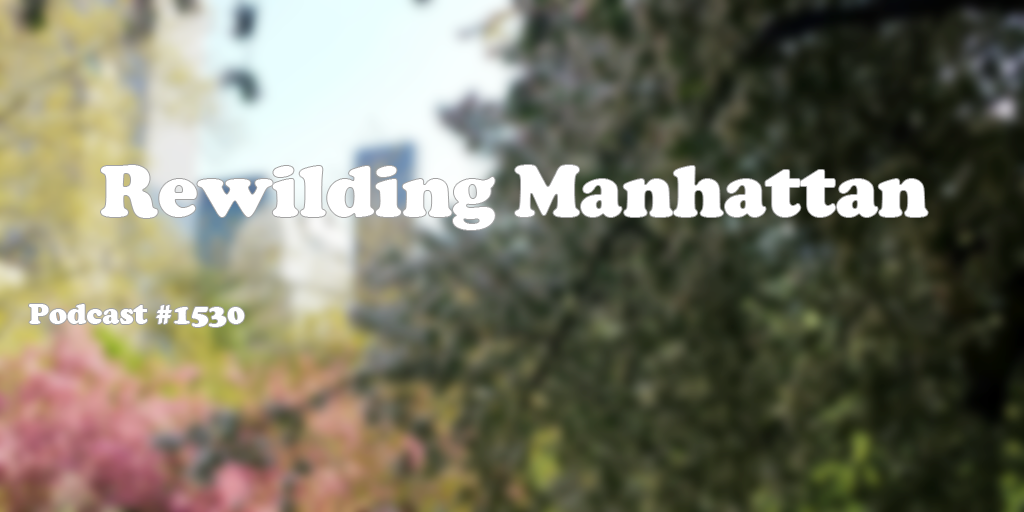
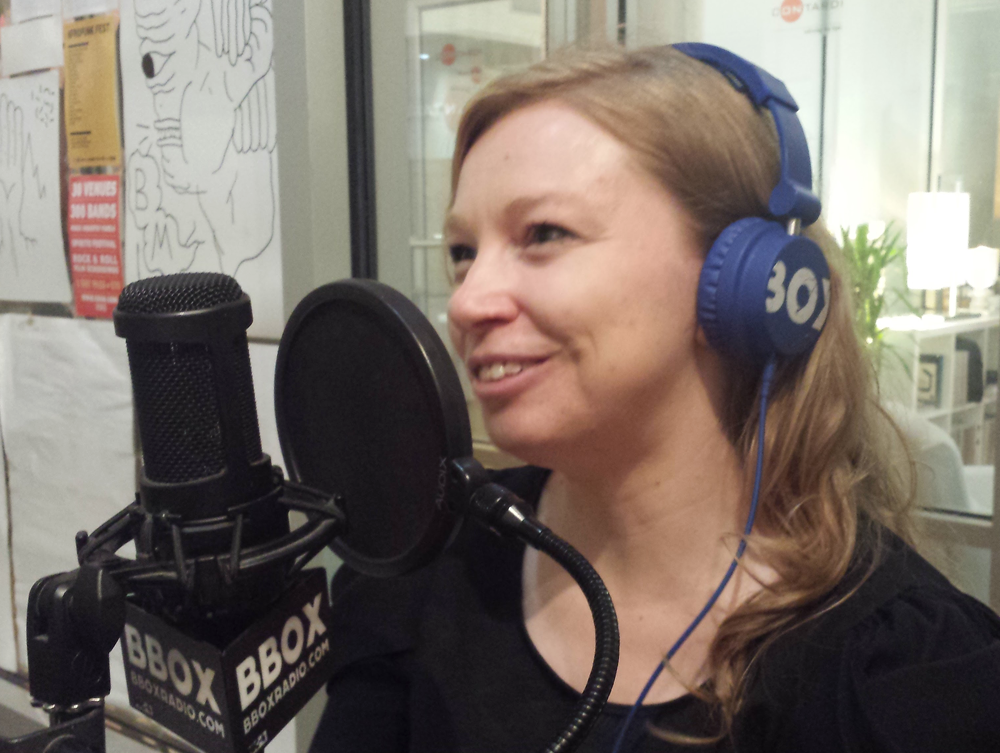
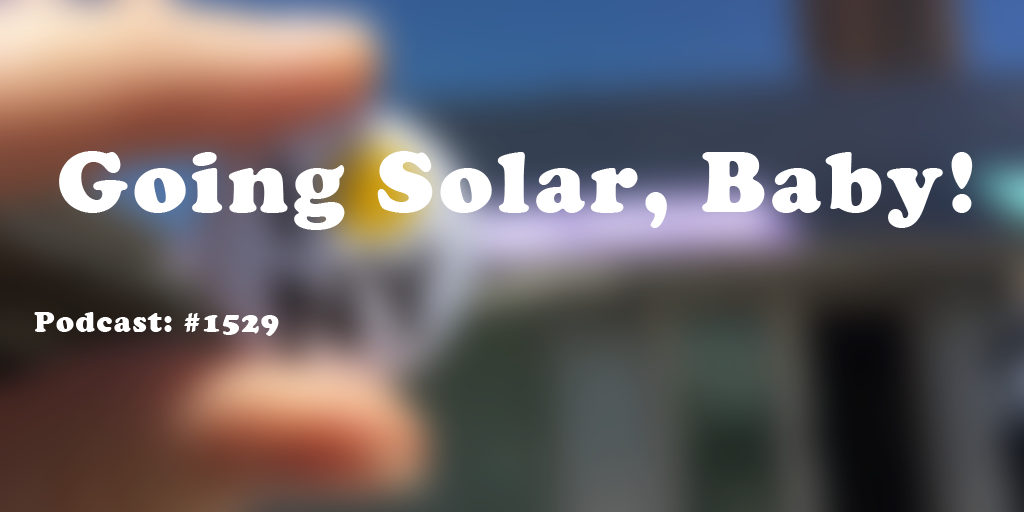
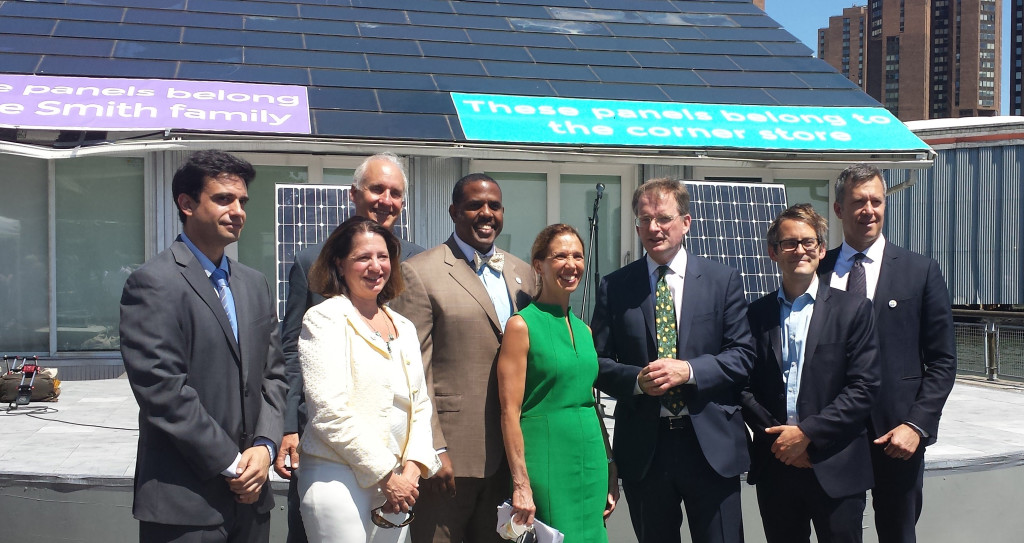 “Here comes the sun, here comes the sun and I say, it’s alright.” – George Harrison
“Here comes the sun, here comes the sun and I say, it’s alright.” – George Harrison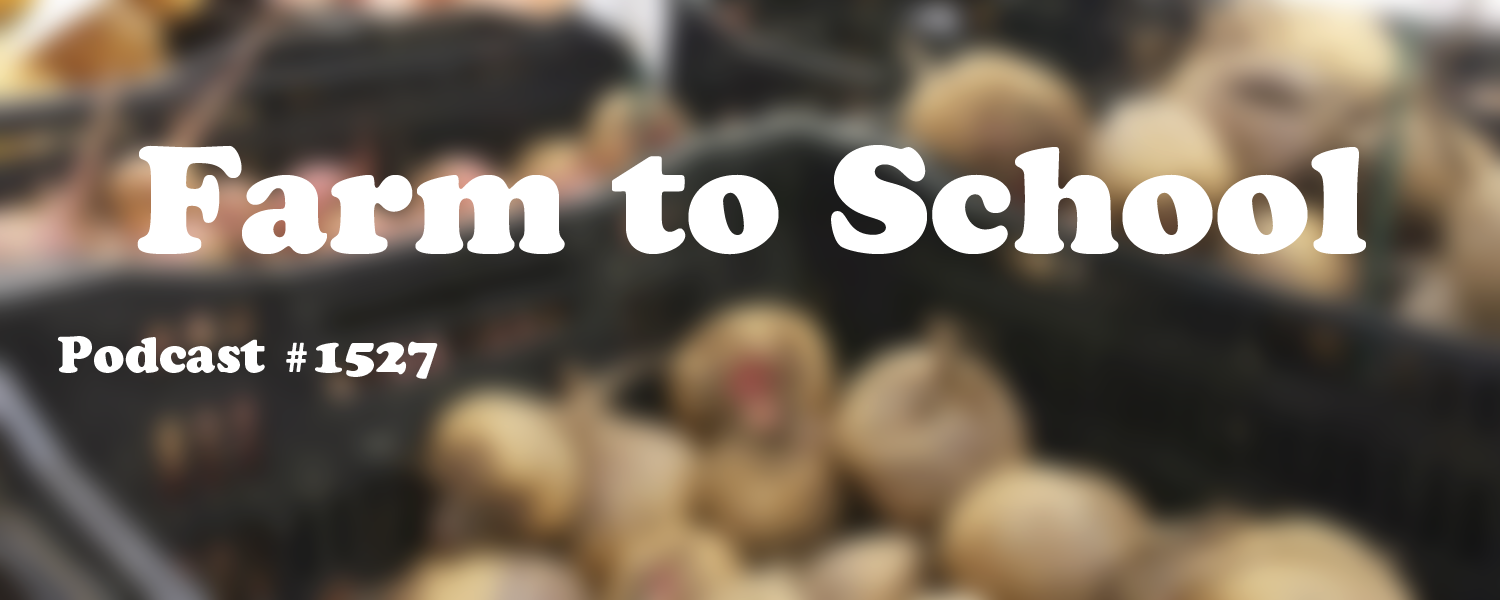
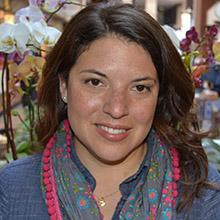 According the the Center for Disease Control and Prevention, childhood obesity has more than doubled in children and quadrupled in adolescents within the past 30 years. Enter the National Farm to School Network, which is working to bring local, fresh foods to school across the U.S., in an effort to reduce obesity, and bring healthy food choices to cafeteria menus. My guest this week is Jaime Lockwood, Development Director at the Farm to School Network, which helps connect local farmers with schools, chefs to cafeterias, and students to gardens. We talk about the importance of the Farm to School Act of 2015, and discuss how chefs inspire healthy eating, environmental awareness, and fitness via
According the the Center for Disease Control and Prevention, childhood obesity has more than doubled in children and quadrupled in adolescents within the past 30 years. Enter the National Farm to School Network, which is working to bring local, fresh foods to school across the U.S., in an effort to reduce obesity, and bring healthy food choices to cafeteria menus. My guest this week is Jaime Lockwood, Development Director at the Farm to School Network, which helps connect local farmers with schools, chefs to cafeterias, and students to gardens. We talk about the importance of the Farm to School Act of 2015, and discuss how chefs inspire healthy eating, environmental awareness, and fitness via 
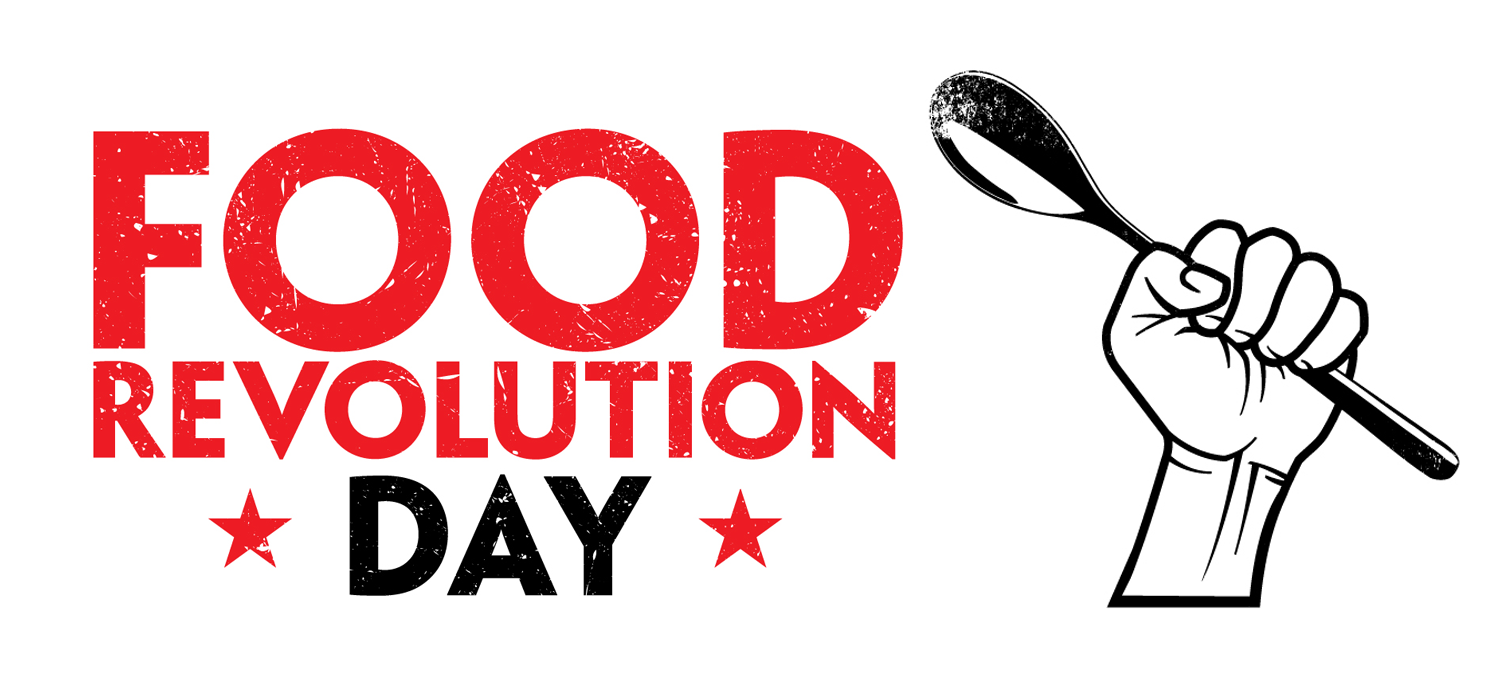
 Jamie Oliver takes on the tough subjects. His goal is to implement food education in the school system. Not easy. I’ve worked in schools, and I’ve owned my own restaurant where I’ve watched this organic, eat-better/grow-better food movement on a national and international level. From Central America to Europe to the US, organic food and better eating practices are shaking up the way tradition has boxed in food. Oliver also aims to pave a path towards better eating at home. Also not an easy task. Even for me, an organic girl from way back, I struggle to feed my family with organic food and as little sugar and fats as possible. Challenging? Yes. Impossible? No. We can’t continue stuffing ourselves as the conventional model wants us to do. The more we demand higher quality, the more we’ll get it – and at a better price.
Jamie Oliver takes on the tough subjects. His goal is to implement food education in the school system. Not easy. I’ve worked in schools, and I’ve owned my own restaurant where I’ve watched this organic, eat-better/grow-better food movement on a national and international level. From Central America to Europe to the US, organic food and better eating practices are shaking up the way tradition has boxed in food. Oliver also aims to pave a path towards better eating at home. Also not an easy task. Even for me, an organic girl from way back, I struggle to feed my family with organic food and as little sugar and fats as possible. Challenging? Yes. Impossible? No. We can’t continue stuffing ourselves as the conventional model wants us to do. The more we demand higher quality, the more we’ll get it – and at a better price.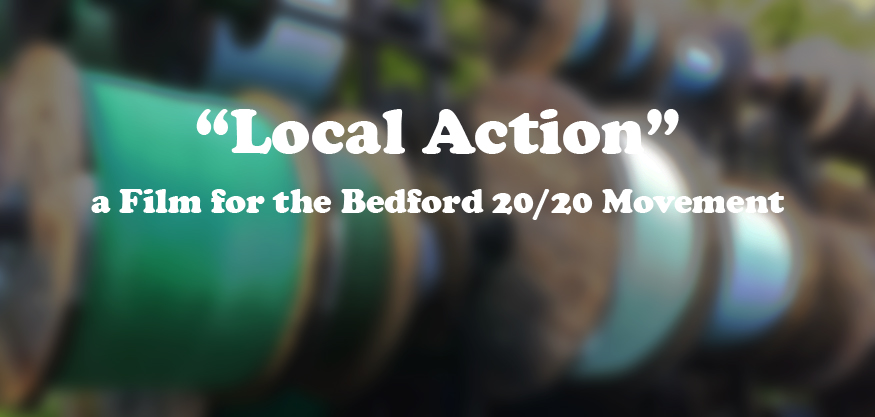
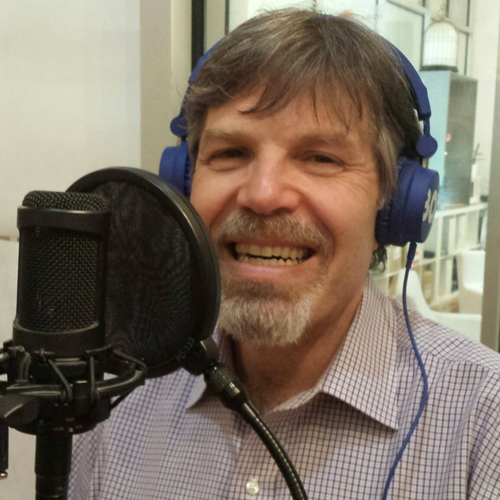 Nick Gutfreund, founder of Long Run Media, is my guest this week, and we discuss how film is a powerful tool to educate and communicate messages, to help promote participation in the eco-movement. He is currently working on a documentary entitled “Local Action,” which focuses on grassroots community groups, and how those groups move to build awareness of environmental and social issues. Local organizations are the change agents who help create solutions for a more sustainable planet. Please visit
Nick Gutfreund, founder of Long Run Media, is my guest this week, and we discuss how film is a powerful tool to educate and communicate messages, to help promote participation in the eco-movement. He is currently working on a documentary entitled “Local Action,” which focuses on grassroots community groups, and how those groups move to build awareness of environmental and social issues. Local organizations are the change agents who help create solutions for a more sustainable planet. Please visit 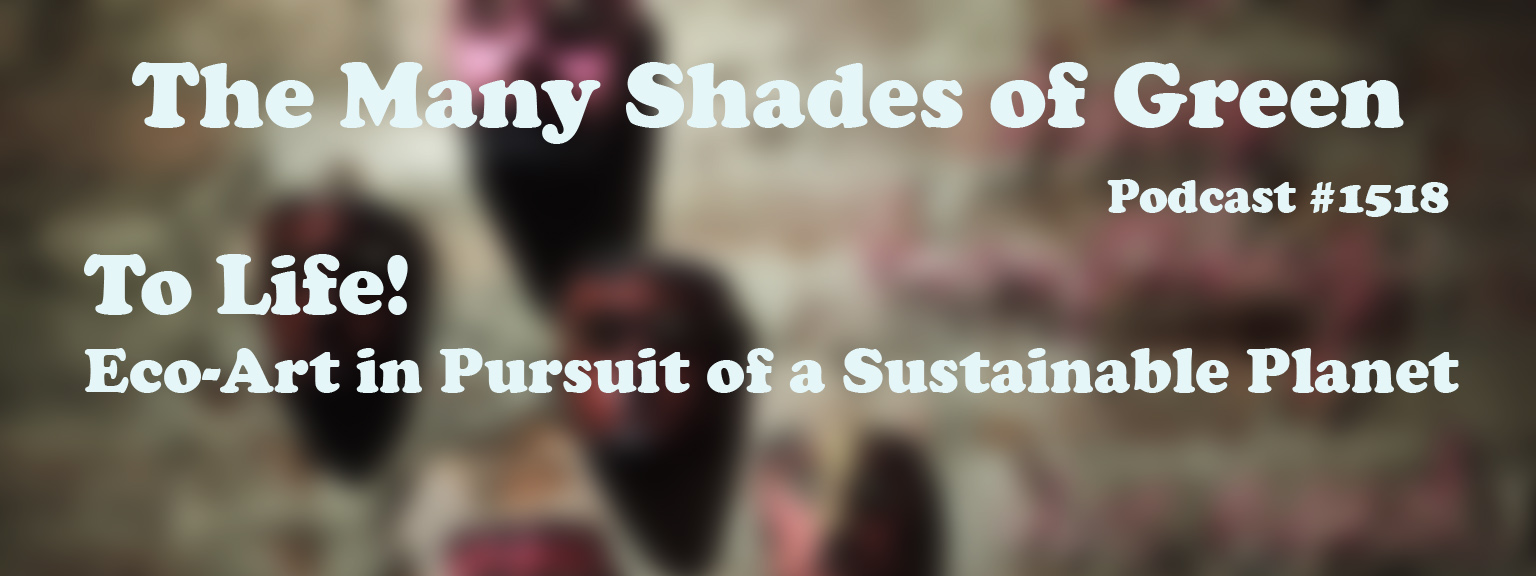
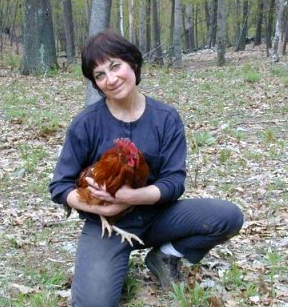
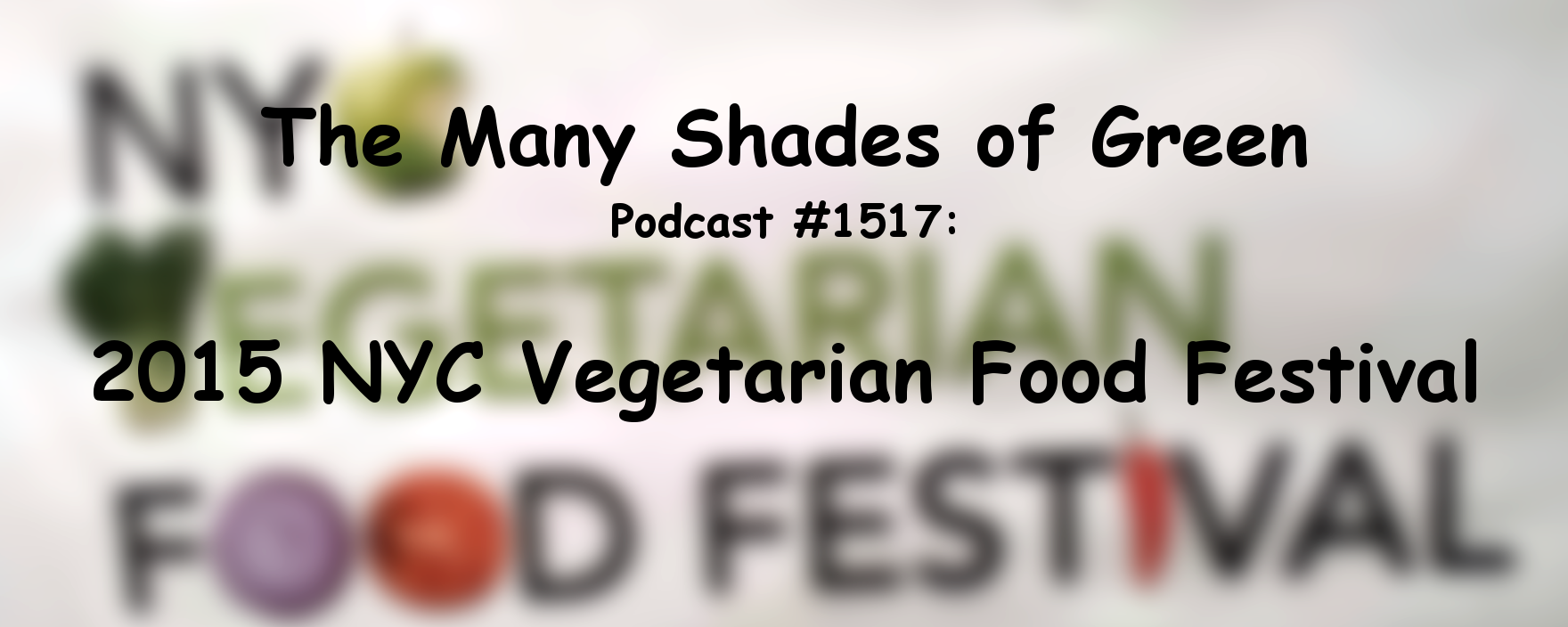
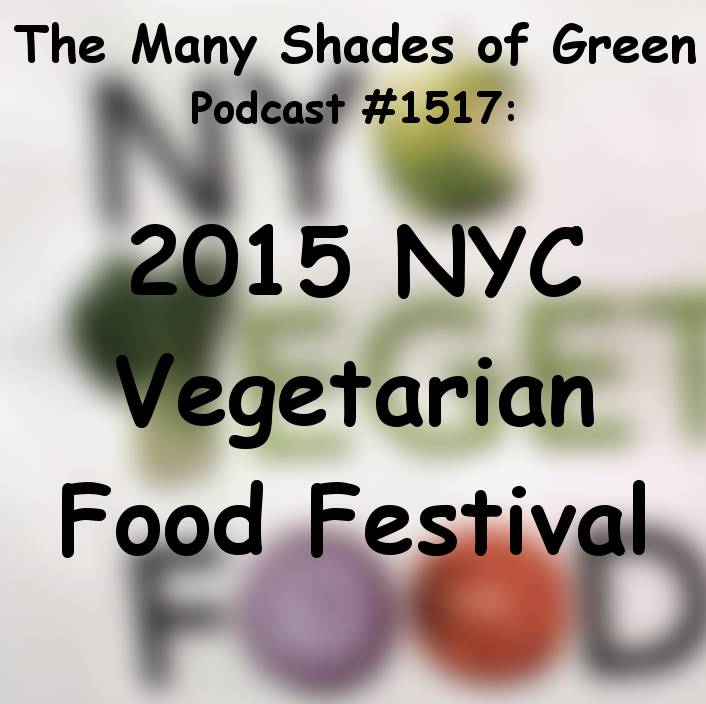 Be Kind to Animals, Don’t Be Cruel, Eat Your Veggies. All these phrases come together on this week’s program, as we celebrate vegetarian cuisine and cruelty free living at the New York City Vegetarian Food Festival. We spoke with Zoe Weil, Co-founder and president of the Institute for Humane Education, Nora Kramer, Founder and Executive Director of YEA (Youth Empowerment Action) Camp, Annie Hauck Lawson, Founder of Brooklyn Mompost, Susan Hargreaves, Founder of Animal Hero Kids, and Isis Phillips, Executive Director of Indy Kids. It was a pleasure speaking with all this dynamic and amazing women, who do so much to make the world a better place. For more information on these organizations go to
Be Kind to Animals, Don’t Be Cruel, Eat Your Veggies. All these phrases come together on this week’s program, as we celebrate vegetarian cuisine and cruelty free living at the New York City Vegetarian Food Festival. We spoke with Zoe Weil, Co-founder and president of the Institute for Humane Education, Nora Kramer, Founder and Executive Director of YEA (Youth Empowerment Action) Camp, Annie Hauck Lawson, Founder of Brooklyn Mompost, Susan Hargreaves, Founder of Animal Hero Kids, and Isis Phillips, Executive Director of Indy Kids. It was a pleasure speaking with all this dynamic and amazing women, who do so much to make the world a better place. For more information on these organizations go to 
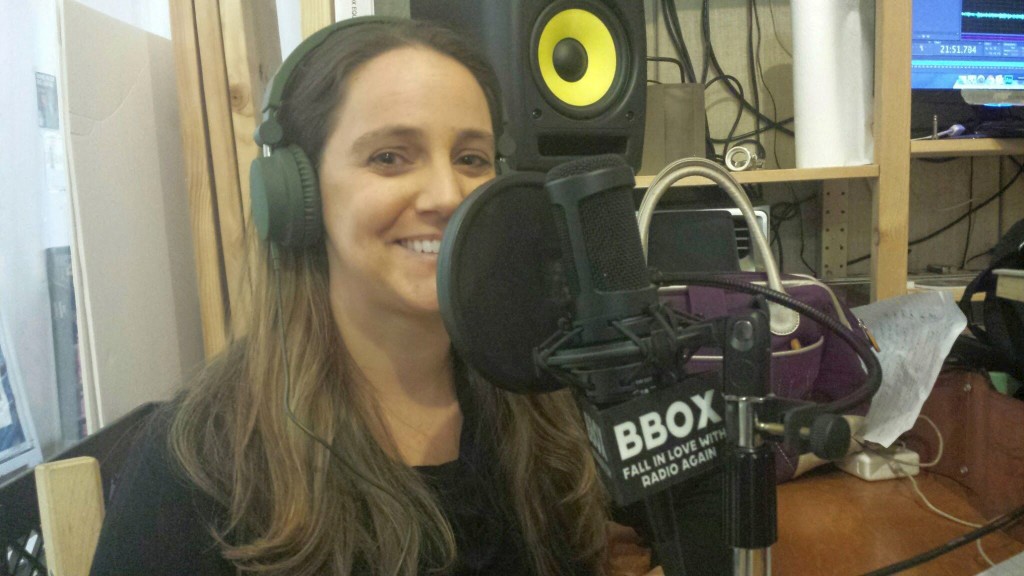
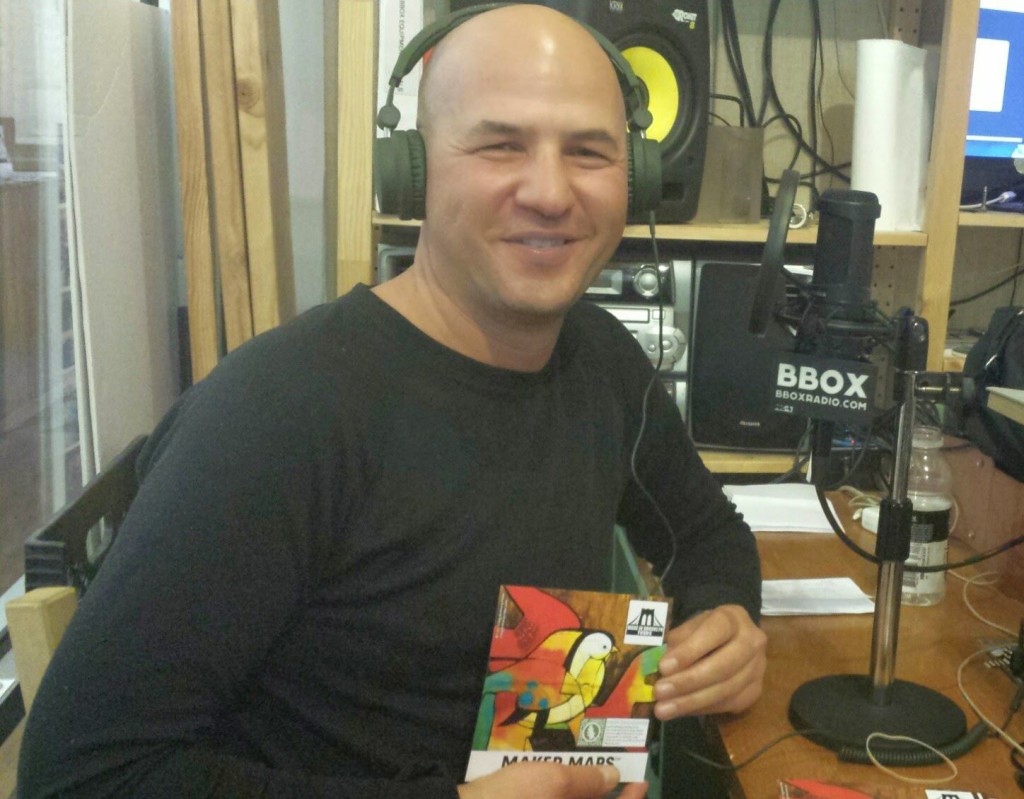
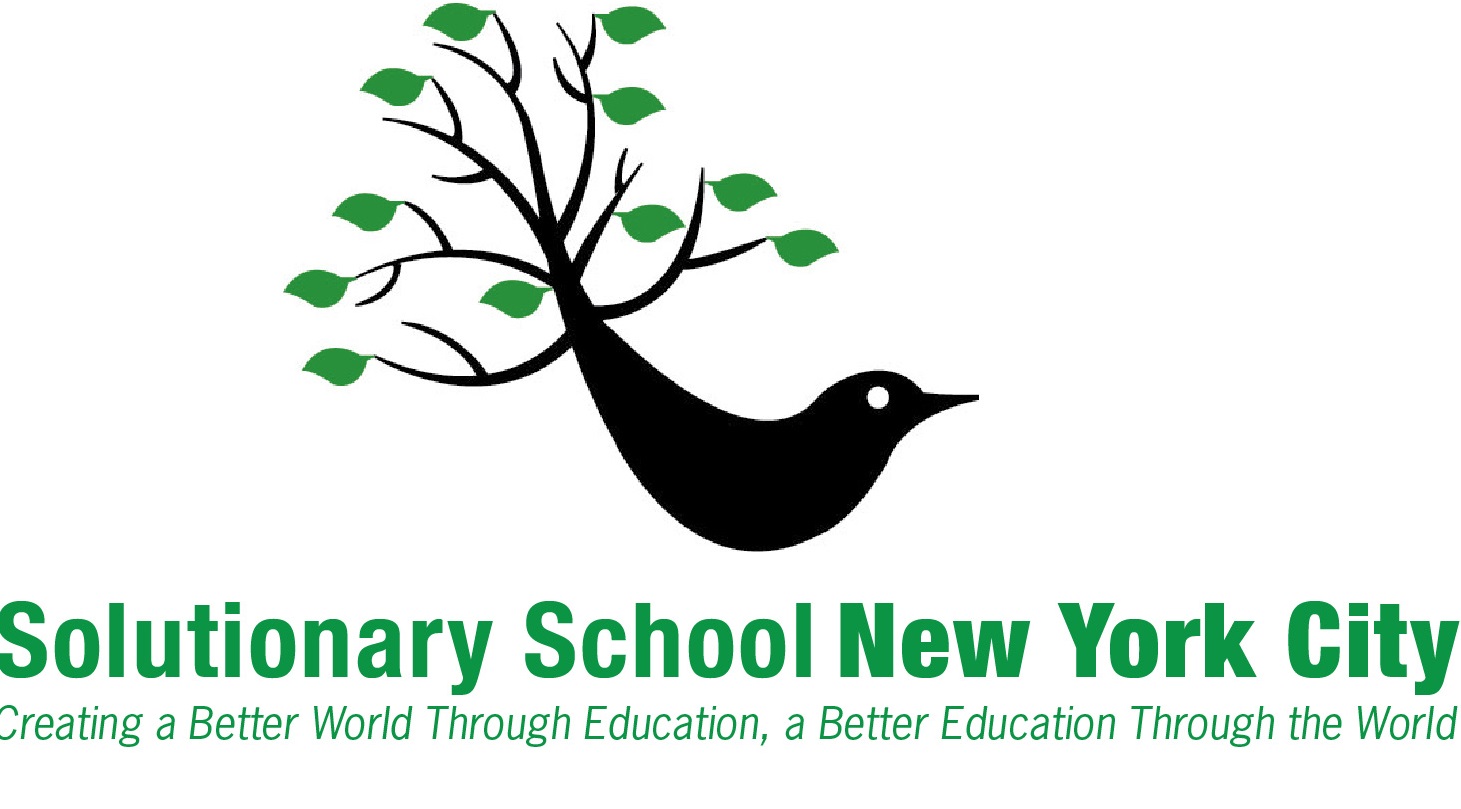
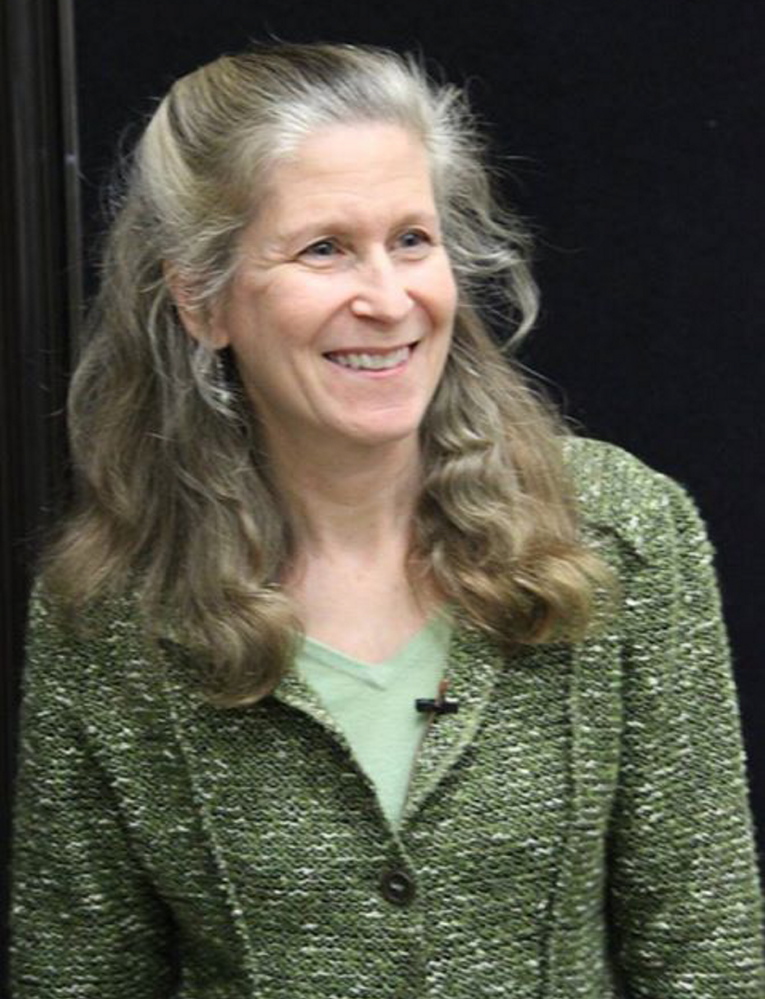 What connection does Star Trek have to humane education? What needs to be done to our education system to foster creativity, compassion, ethics, empathy and critical thinking? Students need to be better prepared to be problem solvers and thinkers. Our guest this week is Zoe Weil, co-founder and president of the Institute for Humane Education (IHE). Zoe and I discuss the importance of transforming education, via concepts that teach children to be more caring, nurturing, and curious. While teaching the three R’s is important, humane education will lead to a more peaceful an
What connection does Star Trek have to humane education? What needs to be done to our education system to foster creativity, compassion, ethics, empathy and critical thinking? Students need to be better prepared to be problem solvers and thinkers. Our guest this week is Zoe Weil, co-founder and president of the Institute for Humane Education (IHE). Zoe and I discuss the importance of transforming education, via concepts that teach children to be more caring, nurturing, and curious. While teaching the three R’s is important, humane education will lead to a more peaceful an